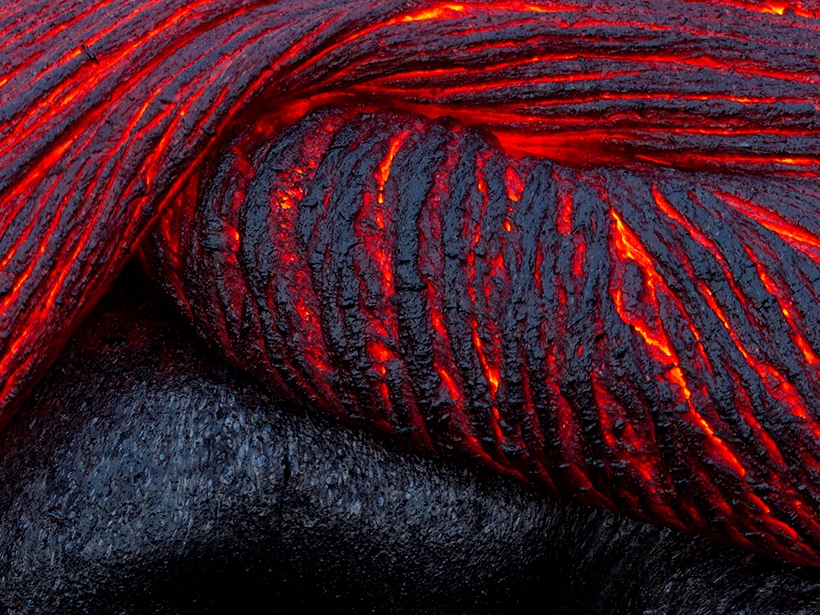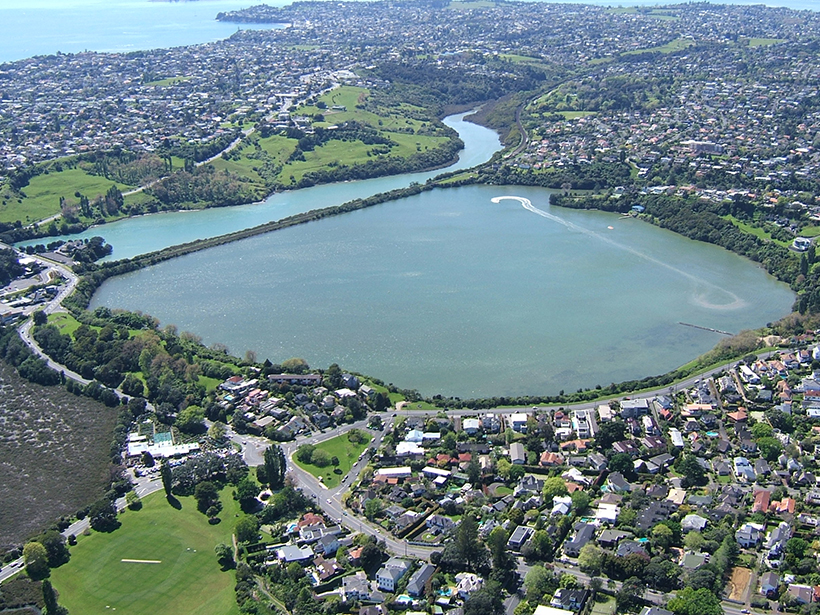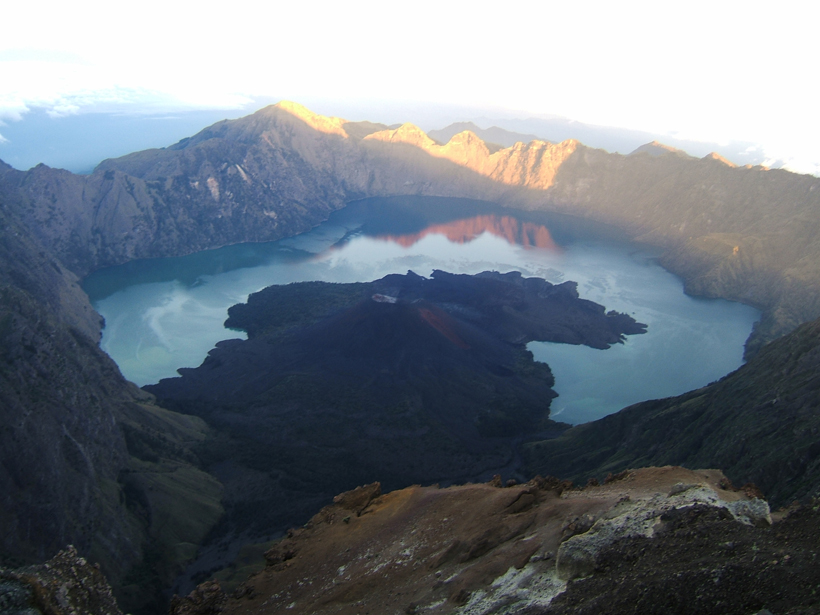Esteban Gazel will receive the Hisashi Kuno Award at the 2016 American Geophysical Union Fall Meeting, to be held 12–16 December in San Francisco, Calif. The award recognizes "accomplishments of junior scientists who make outstanding contributions to the fields of volcanology, geochemistry, and petrology."
volcanoes
Volcanic Ash Contributes to Climate Cooling
A new study shows that atmospheric ash reflects solar radiation months after volcanic eruptions.
Mapping Water and Heat Deep Under Long Valley Caldera
Researchers use electrical resistivity to find the heat source and reservoir feeding Long Valley Caldera's labyrinthine hydrothermal system.
The Gravity of Volcanic Eruptions
New research suggests that continually monitoring gravity changes near active volcanoes could provide insights into volcanic activity.
We Need a New Definition for “Magma”
Confusion over the meaning of "magma" can generate popular misperceptions, including a nonexistent molten sea underneath Yellowstone National Park. We propose a different definition.
Probing the History of New Zealand's Orakei Maar
A team of scientists drilled into the bed within a northern New Zealand explosion crater lake to gain insights into volcanic hazards and past climates.
Volcanic Java and Climate Change
An account of a geophysicist's recent trip to Indonesia wouldn't be complete without intrigue and elucidations about what Java, climate change, and Butch Cassidy all have in common.
Does Water Vapor from Volcanic Eruptions Cause Climate Warming?
By studying past volcanic eruptions, scientists find that the amount of water vapor reaching the stratosphere during moderately explosive eruptions may not be contributing to the greenhouse effect.
Tanzanian Volcanoes May Hoard Helium Ready for the Taking
Sweet spots of volcanic heat that are not too close to active eruptions may hold the world's richest reservoirs of the scientifically and medically important gas helium.
Volcanic Eruptions Stir an Already Complex Atmosphere
A study of Earth's atmospheric response to major volcanic eruptions seeks to reconcile contradictions between observations and climate models.









